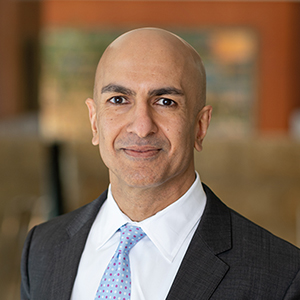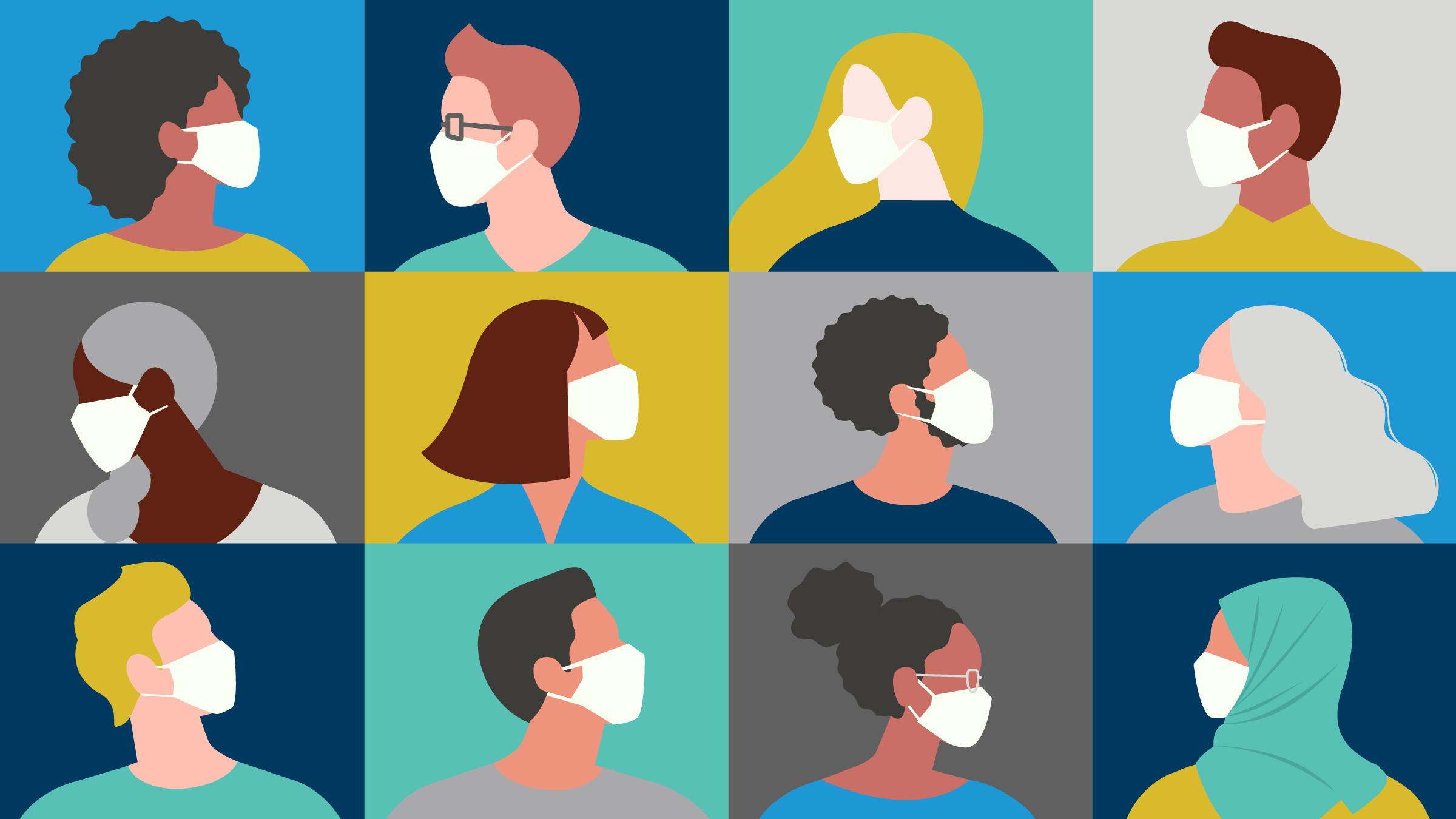This commentary was first published in the Washington Post
Two lessons from the Great Recession are relevant to today’s economy. First, we must stop underestimating the current crisis. Second, assistance shouldn’t be too targeted.
The job market today is roughly as bad as the worst job market during the Great Recession. While the official unemployment rate recently fell to 6.7 percent, many Americans have given up looking for work and are no longer counted as unemployed. The true unemployment rate is around 9.9 percent, the same as it was in 2009. As Congress and the Biden administration consider additional fiscal support, it’s important to link that support to actual recovery of the job market, rather than to a date when some expect the pandemic to be “over.” The goal of such fiscal support is not to provide traditional economic stimulus, as when authorities use fiscal policy to fill a hole in aggregate demand. Rather, this assistance is needed to help millions of American families avoid insolvency.
In 2008, policymakers were consistently surprised as the crisis continued to deepen. We repeatedly thought the worst was behind us, only to find that house prices fell further, leading to ever-larger losses in the banking system.
Today, instead of underestimating the depth of the pandemic crisis, policymakers continue to underestimate how long it will last. The CARES Act that Congress passed last March was meant to be a bridge: providing a few months of support to help families and small businesses until the pandemic was over. For example, it authorized enhanced unemployment benefits that expired after 12 weeks. Of course, the crisis wasn’t over last fall, and we experienced an enormous second wave of COVID-19 cases. In December, Congress passed another relief bill, extending the bridge a few more months. Its enhanced unemployment benefits are set to expire in March. But it’s clear that the pandemic will not be over by March and that the job market will not yet be fully restored.
Great effort is being made to estimate when our country will achieve herd immunity—the point at which enough Americans will have been vaccinated that the virus dies out and we should be able to go back to normal. Certainly, the distribution of two highly effective vaccines (and potentially two more on the way) is helping. But National Institute of Allergy and Infectious Disease Director Anthony S. Fauci recently suggested that the threshold for herd immunity is 75 percent to 85 percent, higher than initial estimates. Given hesitancy among some Americans to be vaccinated and the emergence of new strains in Britain, South Africa, and Brazil, which could prove more resistant to the vaccines, it is not hard to imagine a scenario where herd immunity is never achieved. Indeed, Moderna chief executive Stephane Bancel said in January that “SARS-CoV-2 is not going away” and, “We are going to live with this virus, we think, forever.”
If the majority of Americans are vaccinated and everyone who wants a vaccine can get one, we should be able to mostly reopen the economy and mostly return to normal. But if Bancel is right that we have to learn to live with some form of COVID-19 in our society, there will undoubtedly be changes to businesses, workplaces, and the overall economy that are hard to identify right now. In that scenario, the job-market recovery would likely be slower than if we could fully extinguish the virus. By tying fiscal support to recovery of the job market rather than an arbitrary date, policymakers could prepare for this possibility. If the labor market recovers more quickly than expected, support programs can automatically sunset earlier.
In 2008, our housing assistance programs were carefully designed to target only deserving families—but ended up helping relatively few. While it is, of course, important to be prudent with taxpayer resources, we learned that it is better to err on the side of being generous to successfully extinguish the crisis and provide the support that families need. Unemployment benefits are targeted at those who need help because they lost a job, but the program often misses the lowest-earning and least-educated workers—those who most need support. In comparison, one-time direct payments from the government is a blunt policy tool. But they have the advantage that aid reaches more needy families. Families who receive payments but don’t need the money are likely to pay down debt, which is not inflationary. Unemployment benefits and one-time payments are complementary tools that help ensure families in need get assistance.
Congress should be applauded for all it has done to provide support for families and businesses since the pandemic hit. It should continue to act boldly until the vast majority of Americans have returned to work.





